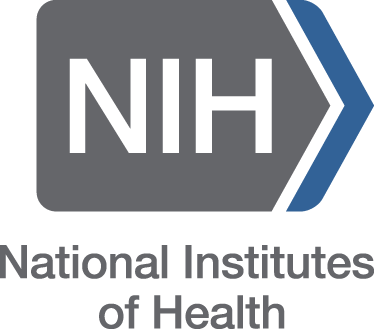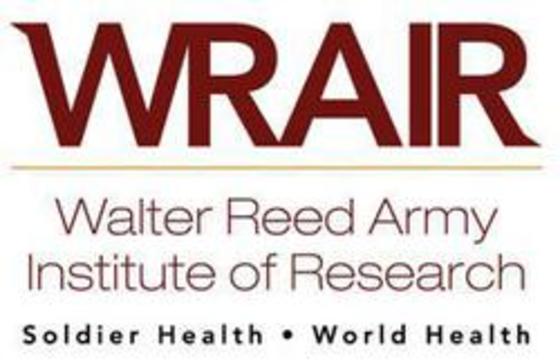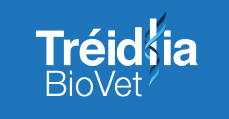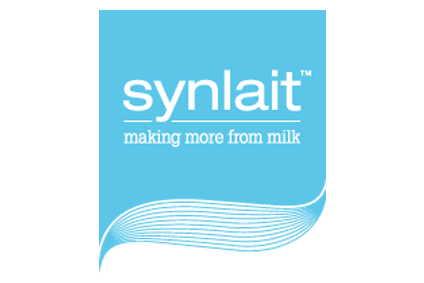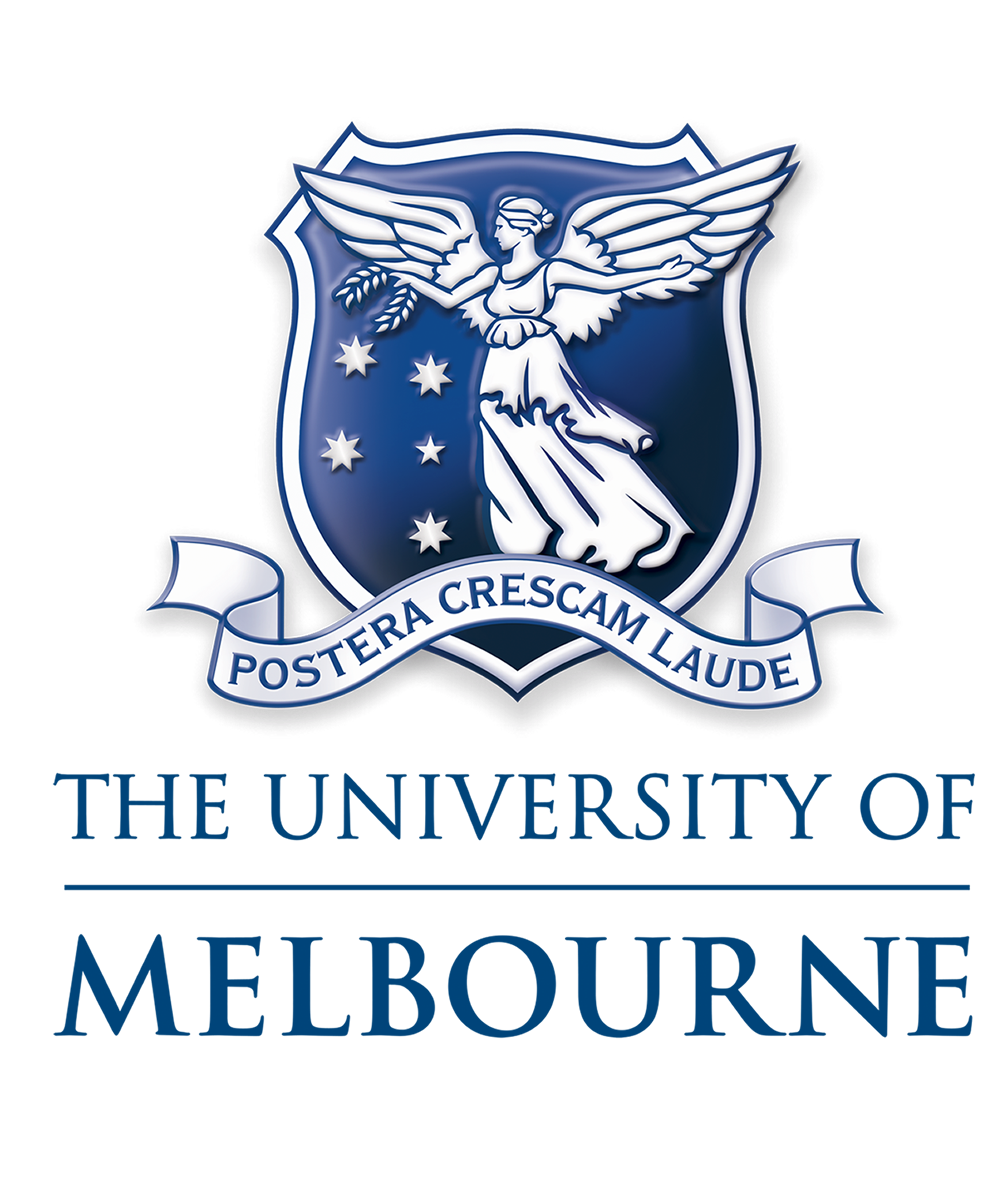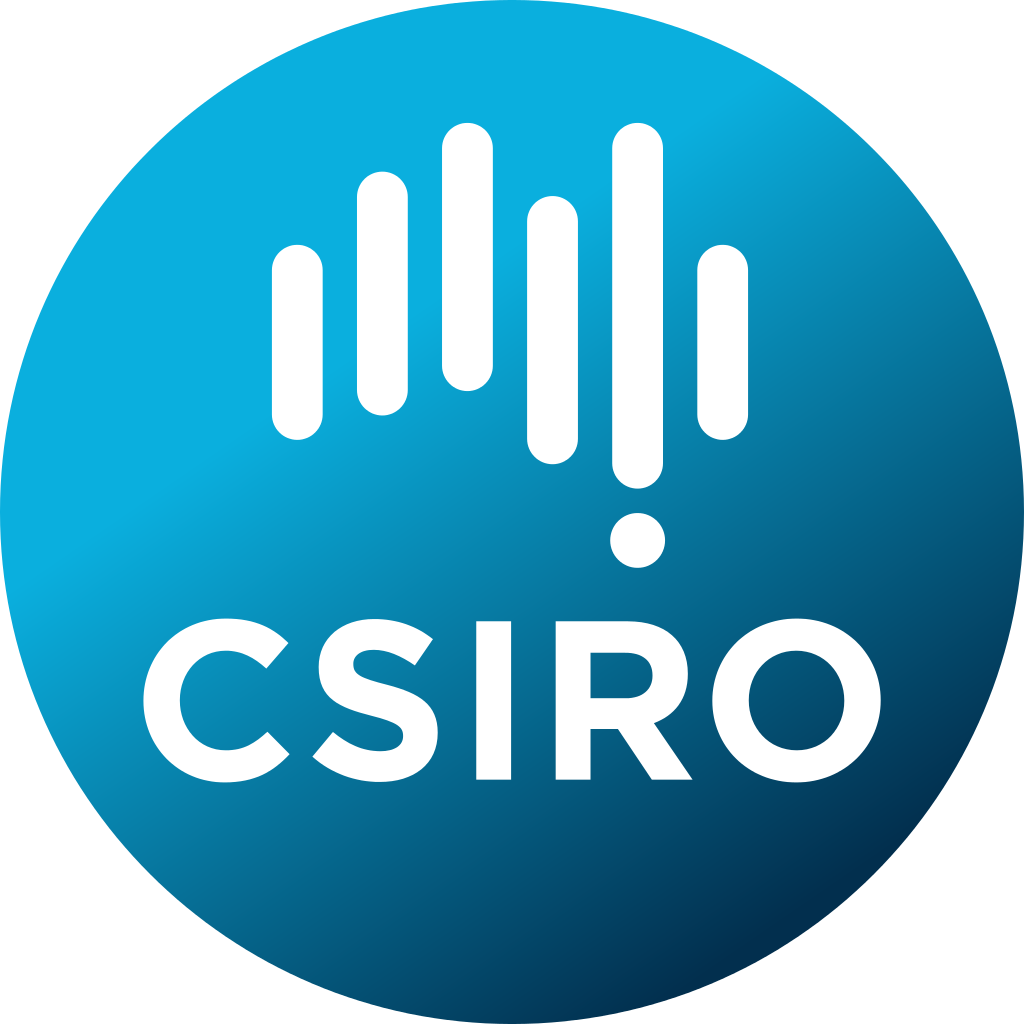Technology Platform
Our Technology Platform
Immuron’s proprietary technology is based on generating hyper-immune bovine colostrum that is rich in polyclonal antibodies also known as immunoglobulins. This technology is similar to human Intravenous Immunoglobulins derived from the human plasma of individual human donors and the market for these products exceeds $16 billion-dollar in annual revenue in the USA alone. The major advantages of Immuron technology are the capability of producing highly specific immunoglobulins to any enteric pathogen and our products are orally active. Bovine antibodies can withstand the acidic environment of the stomach and are resistant to proteolysis by the digestive enzymes found in the Gastrointestinal (GI) tract. Bovine antibodies also possess the unique ability to remain active in the human GI tract where they target enteric pathogens. The underlying nature of our platform technology enables the development of medicines across a large range of infectious diseases. The platform can be used to generate bovine antibodies that block viruses or bacteria at mucosal surfaces in the Gastrointestinal tract and neutralize the toxins they produce. Additionally, the dairy origins of our antibodies have enabled us to commercialize our flagship product Travelan® via regulatory pathways, including prescription (Rx), medical foods, over-the-counter medicines, and dietary supplements.
How the platform works:
First, we focus on a specific pathogen and develop vaccines to target key specific virulence factors such as:
-
Spores
-
Endotoxins
-
Exotoxins
-
Fimbrae & molecules which facilitate adhesion
-
Surface layer proteins which contribute to colonisation
-
Flagella (flagellin)
These target antigens are Important to the bacteria for:
-
Outer membrane stability
-
Host immune evasion
-
Motility
-
Host cell adherence
-
Colonization
-
Cellular invasion
Prior to calving, cows are immunized with these proprietary vaccines to ensure maximum immunogenicity and after calving, the first milk, called bovine colostrum is harvested and processed to produce a hyper-immune bovine colostrum powder. This proprietary process of vaccinating cows with specific vaccines generated against antigens for therapeutic targets ensures that the colostrum contains a high concentration of polyclonal antibodies and high concentrations of immunoglobulin G1 against the specified antigens. The technology can be applied to a variety of diseases.
The active pharmaceutical ingredient (API) for a particular application is prepared using the first milking colostrum of dairy cows that have been immunized with patented vaccines for the specific therapeutic use to produce very high levels of antibodies against selected surface antigens. Pregnant dairy cows at commercial dairy farms are immunized through a proprietary process. Such inoculation of dairy cows with specific vaccines activates a generalized immune response in the host animal to produce antibodies which recognize and bind to bacterial cell-surface epitopes that the vaccines were designed against. These polyclonal antibodies in the harvested bovine colostrum are present in high concentration within the raw material which is further processed to produce the final drug product which contains at least 35% immunoglobulins (Ig), composed mainly of IgG (mostly IgG1).
Risk management covering the source of colostrum must focus on assurance of absence of Bovine Spongiform Encephalopathy (“BSE”), commonly known as Mad Cow Disease attributable to the liquid raw product. Australia and New Zealand are classified as Category 1 countries with negligible BSE risk.
Mechanism of action:
Bovine colostrum contains increased concentrations of immunoglobulins (mainly IgG) compared with normal cow’s milk, presented with other physically protective milk proteins. IgGs are not absorbed into the blood and specifically act in the GI tract targeting bacterial antigens and toxins.
The direct protective mechanism of action of our products includes the following:
-
Suppression of germination
-
Suppression of adhesion
-
Suppression of motility
-
Suppression of colonization
-
Toxin neutralization
The indirect protective mechanism of action includes:
-
Inhibition of epithelial cell apoptosis
-
Inhibition of toxin induced inflammatory signal cascades

